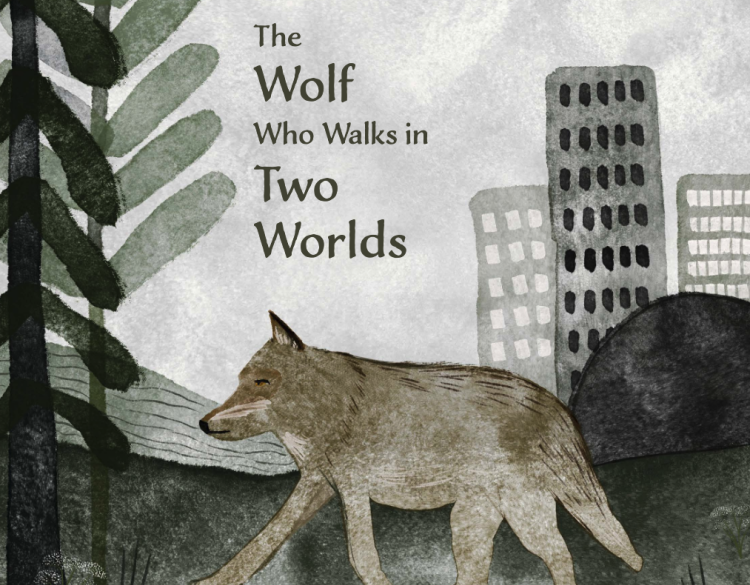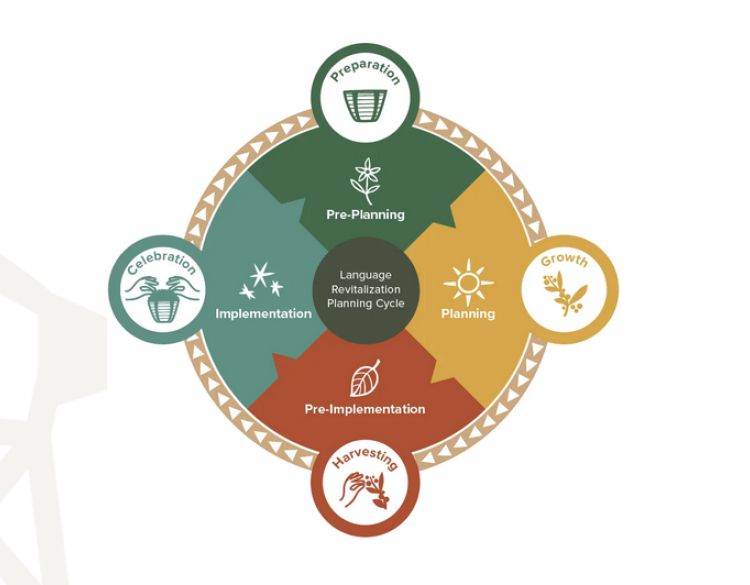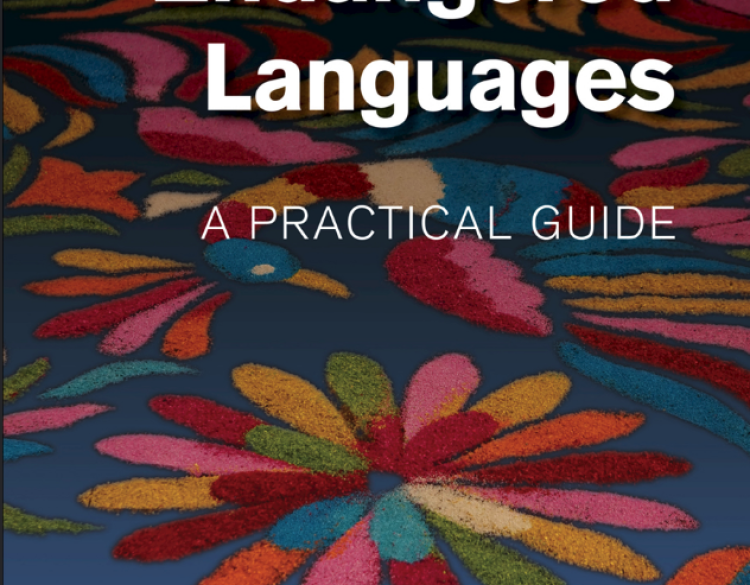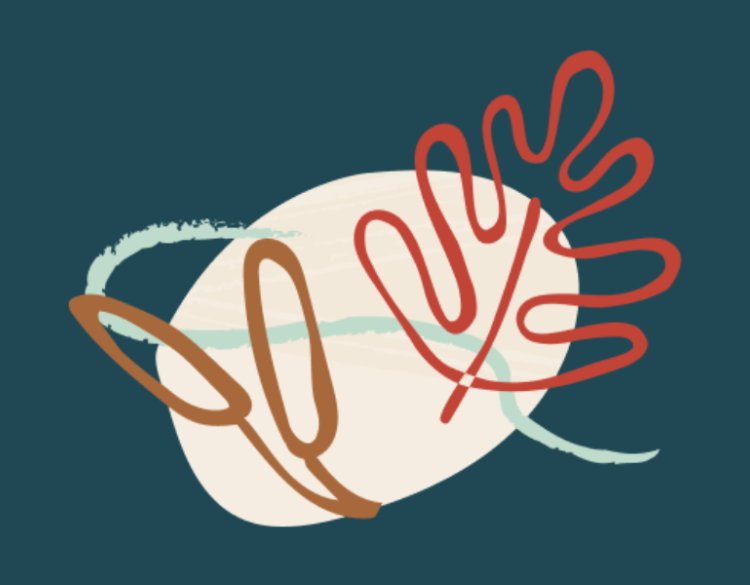Languages are deeply connected to the identities, experiences, lands, and ways of knowing of the people who use them. This means that language work is relational work. By working to promote and strengthen our languages, we connect to people: the people who came before us who spoke or signed our languages, the people who surround us now with varied experiences of our languages, and the generations that will follow us. Through language, we also connect with the land and other living beings.
Languages become endangered in situations of inequality. Speakers and signers of endangered languages have faced, and continue to face, colonization, violence, discrimination, and repression. Our communities live with the trauma that this has caused. Language revitalization can be part of healing.
The resources in this section focus on working with people in our diverse communities, bringing people together around language work, the emotional work that goes with language revitalization, and some practical methods and tools for language revitalization. These resources are aimed at people who have a community connection to an endangered language.





